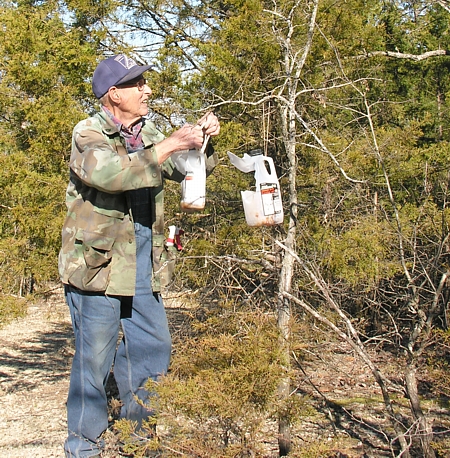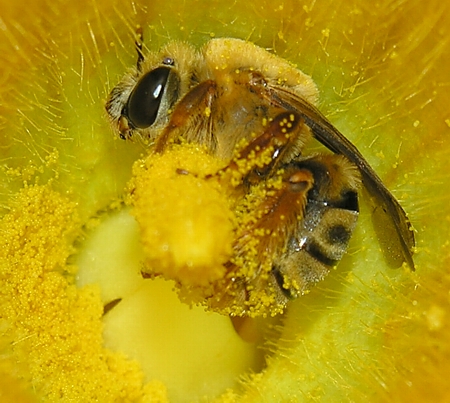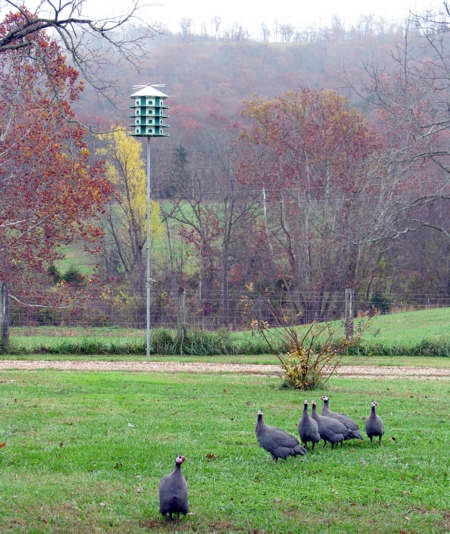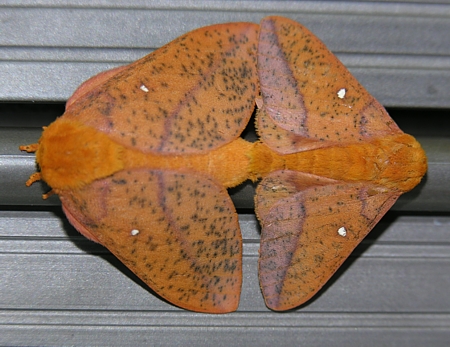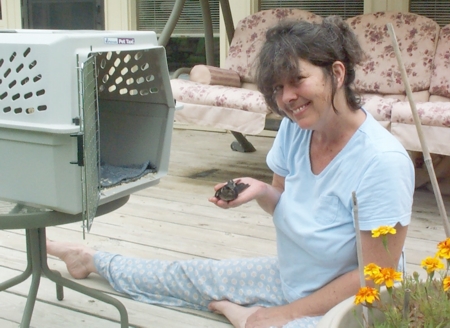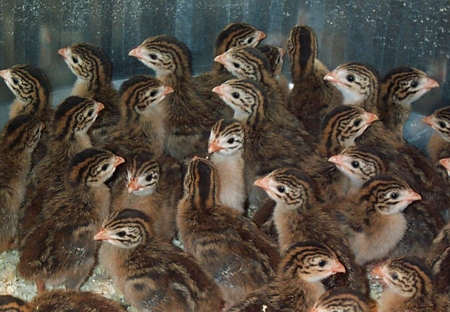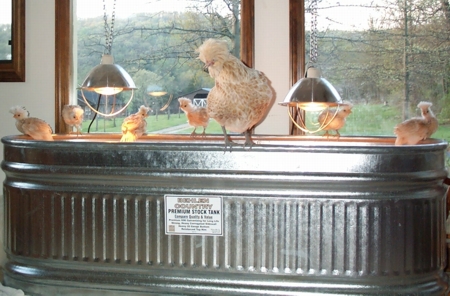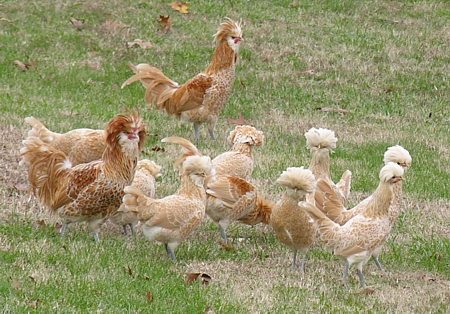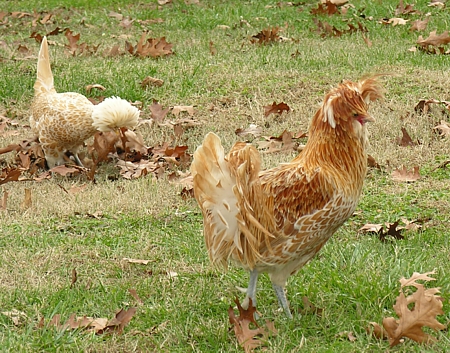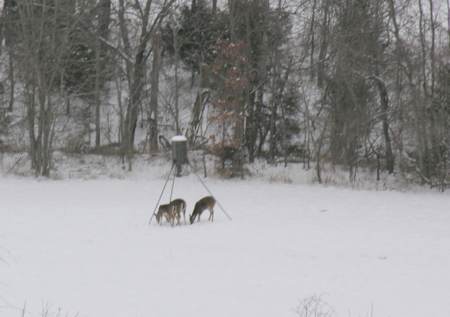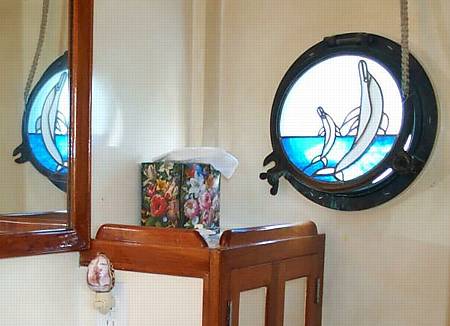The day started normal enough. It was a very windy morning. I had to take the trash out to the storage bin. I noticed that there were some old potatoes that needed tossing, so I decided to find a spot away from the house to set them out for the critters that always seem to be in the area. As I was doing this, I noticed an old dead tree that had just been knocked over from the wind. Of course, the tree landed on a barbed wire fence in the horse pasture, bringing it down too, which meant that my morning chore was to be sawing up a dead tree, and re-stringing some barbed wire. Otherwise my horses would be in my neighbor’s pasture, and his cattle would eventually find their way into mine. No big deal – I did my work, and a couple of hours later headed back to the house. Here’s what I saw:
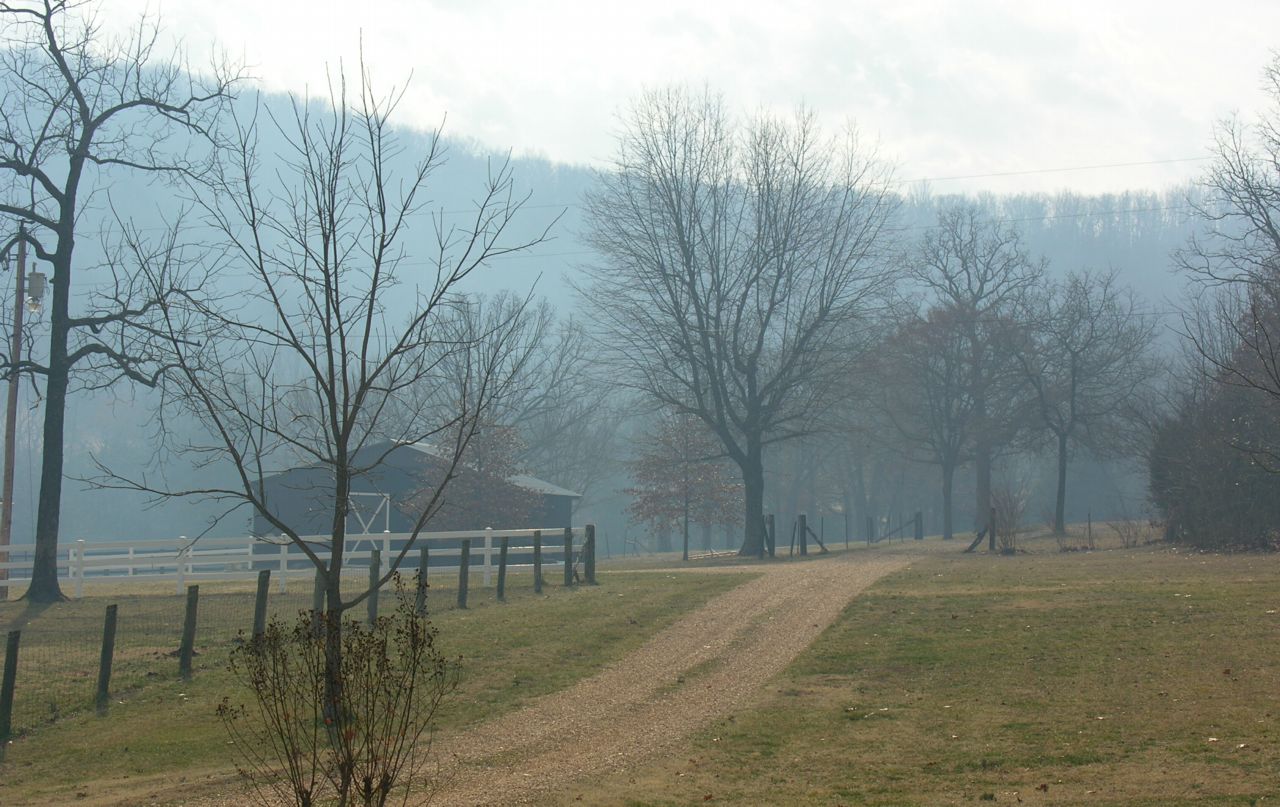
Smoke – and with the strong wind blowing it directly towards the house and barn areas. I jumped into the utility vehicle and headed in the general direction of the smoke, and determined that it was coming from an area we call “the mountain”. Climbing half way up the mountain, I eventually came across smoke blowing across this pasture:

I then tried to take one of our fire lanes up to the top of the mountain, but was blocked by a large oak tree which had been destroyed by lightning not long ago. The tree just exploded about half way up the trunk, and a good portion blocked the lane.

Working my way towards the top along another trail, I came upon this scene, which was not a very pleasant experience:

I had brought a shovel and rake along with me, in case I could do something to help contain the blaze, but that was futile. Just me, and the blaze had already consumed a large area. I returned to the house and called 911, who dispatched the local volunteer department. Meanwhile, our weather alert radio began wailing. It seems the National Weather Service had just issued a tornado watch for our area – great, as if fire weren’t enough.Â
The fire department response was pretty quick, given the nature of a rural volunteer firefighting force. Because of the nature of the terrain involved, they summoned the Arkansas Forestry Commission, who sent a bulldozer and personnel to construct a containment ring around the blaze.
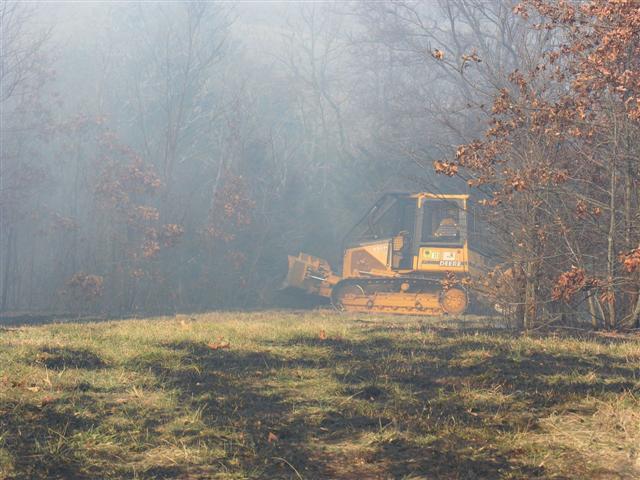
While this was going on, the local firemen stood guard near the house and outbuildings with equipment ready, should the fire manage to jump the fire lines and approach the house.
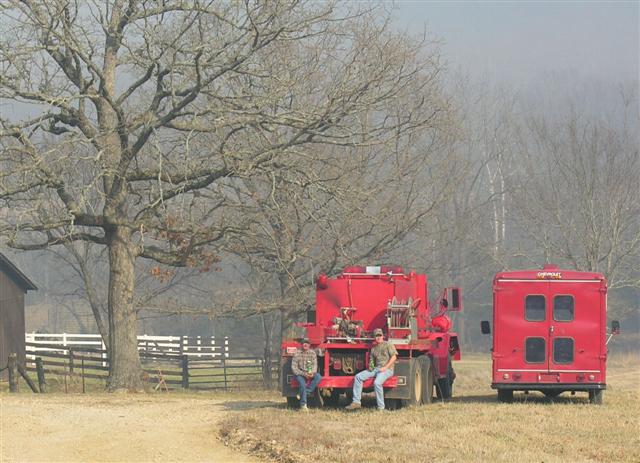
By the time the fire was extinguished (by rain, incidentally), approximately 50 acres had burned and now looks like this:

Eventually the rains came and doused the fire, and thankfully, we did not experience any tornadoes in our immediate area.
The complete set of photos that I took can be found in our photo galley, which can be found by CLICKING HERE

